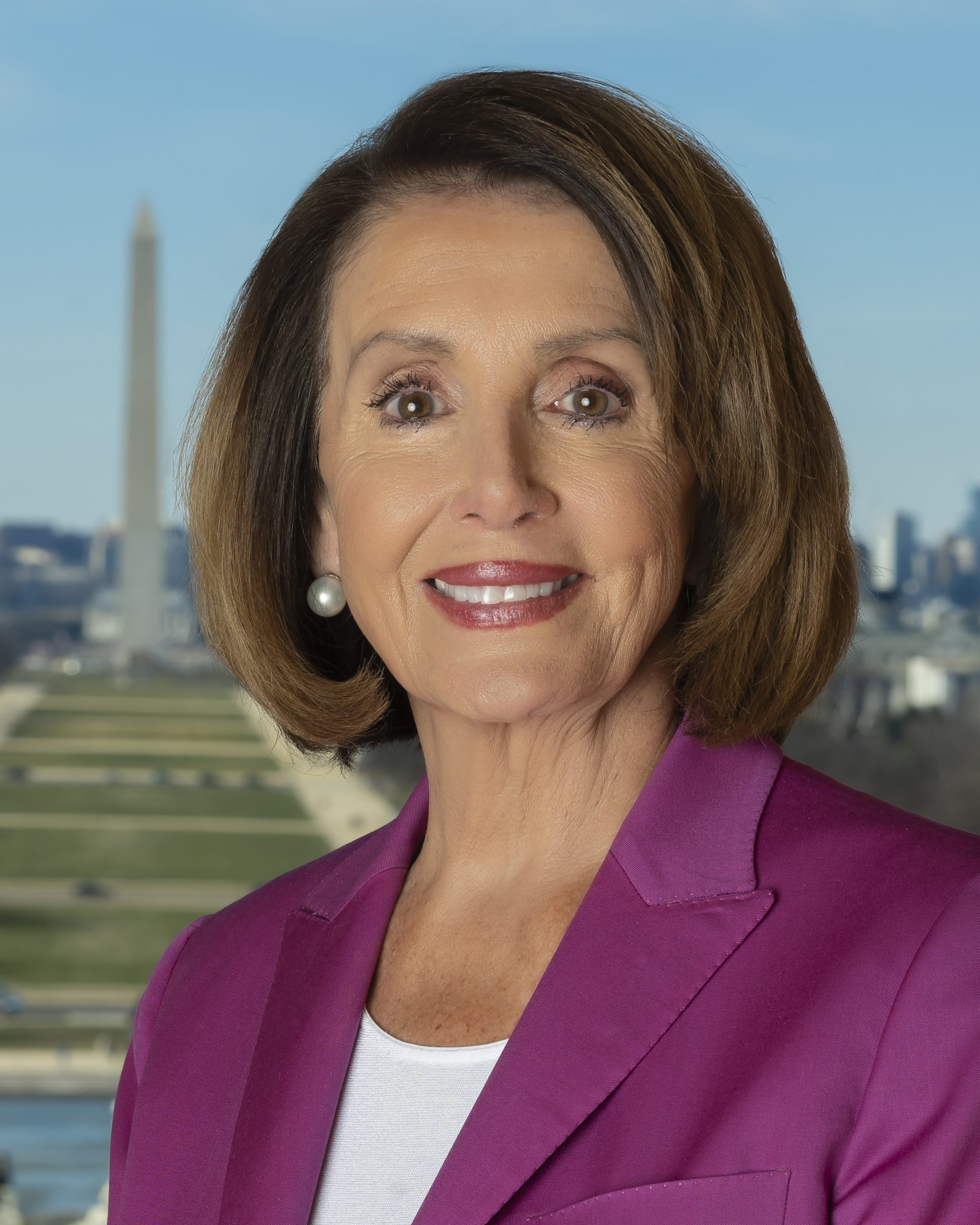Table Of Content

Now, as the House seeks a new speaker, the 118th is the first ever Congress to need two speaker elections with multiple ballots. Rep. Jim Jordan, who on Friday lost his third round of voting and later lost in a secret ballot, is no longer a nominee. Once the House is in a quorum — meaning the minimum number of members are present to proceed — the speaker nominee from each party will be read aloud by the respective leaders before a roll call vote to elect a new speaker.

A Modern History Of House Speaker Drama
How the House elects a speaker - WBAL TV Baltimore
How the House elects a speaker.
Posted: Wed, 04 Oct 2023 07:00:00 GMT [source]
In October 2015, after Speaker John Boehner's resignation, Ryan was elected to replace him. During his speakership, he played a key role in the passage of the Tax Cuts and Jobs Act of 2017 and the Economic Growth, Regulatory Relief and Consumer Protection Act in 2018, which partially repealed the Dodd–Frank Act. His other major piece of legislation, the American Health Care Act of 2017, passed the House but failed in the Senate by one vote.
List of living former Speakers
On several occasions since 1997, we have seen a few members of the majority party voting "present" or voting for someone other than their party nominee. Historically, the magical number has been 218 out of the 435 members of the House. But many previous speakers, including outgoing Speaker Nancy Pelosi, have ascended to the dais with fewer votes than that, as some members voted present instead of calling out a name.
January 2015
Speaker Henry Clay resigned as Speaker of the House of Representatives on October 28, 1820. John Taylor filled the vacancy on November 15, 1820, two days after the start of the second session on November 13, 1820. In February, former New York Rep. George Santos's seat was flipped by Democrat Tom Suozzi after he was expelled from Congress last year for misusing campaign funds. Former Wisconsin Rep. Mike Gallagher's resignation this month also set Republicans back as an election to fill his seat won't be held until November due to the timing of his resignation at Wisconsin election laws.
While Mr. Fetterman may have been in the minority among his political peers, with most of whom following the president’s example and opting for a traditional tux, creative black tie proved a talking point. See Billy Porter in a black sequin caftan over a classic white shirt; Questlove, in an artistically paint-splattered jacket; and Fran Drescher, the SAG-AFTRA president, in a white brocade pantsuit. Both Conservative and Liberal MPs strongly defended their own leaders and placed the blame for Tuesday’s chaotic Question Period on the other. But Mr. Trudeau and Mr. Poilievre elected not to repeat their performances the next day.
And that was certainly the message from the House the last time it had this much trouble electing a speaker – a long and eventful century ago. For generations it was the definition of party loyalty for every member of each party to vote for its nominee for speaker. In fact for 50 years after World War II, not a single stray vote was cast for anyone other than the two major party nominees. Today, the role of the speaker is influenced especially by changes instituted by Speaker Newt Gingrich, who took the gavel after the 1994 elections. House Speaker Jim Wright holds a news conference on Capitol Hill on Aug. 6, 1987, commenting that "he earnestly hoped" President Reagan's cease-fire proposal to the Nicaraguan government succeeded. (We have a look at the rise of power in the House here, including why some earlier speakers were called czars).
This was supposed to be Kevin McCarthy's moment. Instead, GOP chaos reigns
This group of about 40 members, angered by Boehner's willingness to pass bills using Democratic votes, threatened to challenge his speakership the next time he did that. They backed off using a government-shutdown strategy only after Boehner announced he was resigning. His resignation is to take effect at the end of this month, one day after the House chooses a new speaker.
December 1839
An election for speaker took place on January 3, 1949, on the opening day of the 81st Congress, two months after the 1948 elections in which Democrats won a majority of the seats. Former speaker Sam Rayburn received a majority of the votes cast and was elected speaker. An election for speaker took place on January 3, 1945, on the opening day of the 79th Congress, two months after the 1944 elections in which Democrats won a majority of the seats.
While every speaker has been a sitting member of Congress, the Constitution makes no requirements of House membership to hold the office. On the floor of the House, the presiding officer is always addressed as "Mister Speaker" or "Madam Speaker", even if that person is serving as speaker pro tempore. When the House resolves itself into a Committee of the Whole, the speaker designates a member to preside over the committee, who is addressed as "Mister Chairman" or "Madam Chairwoman". The presiding officer also rules on all points of order but such rulings may be appealed to the whole House. The speaker is responsible for maintaining decorum in the House and may order the Sergeant-at-Arms to enforce House rules. Rayburn's successor, Democrat John W. McCormack (served 1962–1971), was a somewhat less influential speaker, particularly because of dissent from younger members of the Democratic Party.
Meanwhile, the power of committee chairmen was curtailed, further increasing the relative influence of the speaker. The speakership reached its apogee during the term of Republican Joseph Gurney Cannon (1903–1911). He determined the agenda of the House, appointed the members of all committees, chose committee chairmen, headed the Rules Committee, and determined which committee heard each bill.
On that first ballot, the Democratic nominee Finis J. Garrett of Tennessee got 195 votes and two other Republicans got a total of 23. But the key obstacle for Gillett was a bloc of his party members who called themselves "progressives," the term used by Theodore Roosevelt in his third-party "Bull Moose" bid for president in 1912. But in both cases, the results of the latest November elections had been somewhere between disappointing and devastating, leaving the party clinging to majority control. That created anxiety and aggravated long-festering internal disputes over rules and procedures, including the powers of individual committee chairs.
The Bloc also said the Speaker should now show himself the door, not because of what happened Tuesday but rather because of his inability to manage the House. At best, Johnson has been able to carve up a Senate-passed version of the bill into separate parts, as is the preference among House Republicans, and the final votes will be on distinct measures — for Ukraine, Israel and Indo-Pacific allies. Without his Republican majority fully behind him, Johnson could not shape the package as the ultra-conservatives demand lest he lose Democratic backing.
On Jan. 3, former Speaker Kevin McCarthy became the first candidate in the majority party to lose a bid for the House speakership in 100 years. He won the gavel in the 15th round of voting, making his election the longest since before the Civil War. The man many still see when they try to picture a speaker of the House was Thomas Phillip O'Neill Jr., whose snowy mane and "face like the map of Ireland" were instantly recognizable for a decade and beyond. Unlike earlier, more inward-facing speakers, the garrulous O'Neill became a symbol for Congress — and the Democratic Party. Republican ads in 1980 featured a lookalike actor portraying him as old and out of touch.

No comments:
Post a Comment